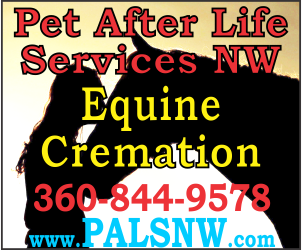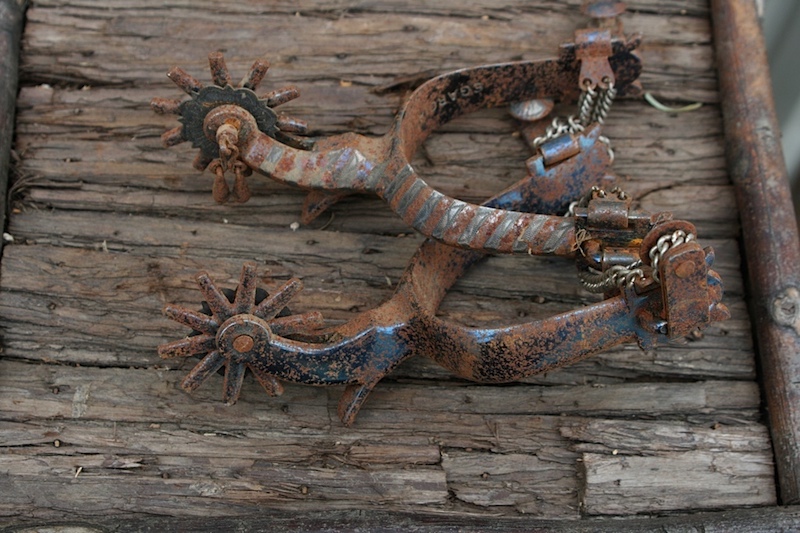Practical Use—and Misuse—of an Essential Piece of Equipment
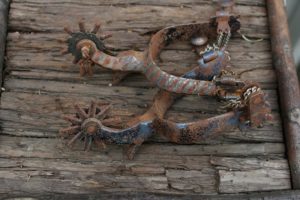
I ride with spurs every day and believe them to be one of the most misunderstood and misused pieces of western equipment. I also believe spurs are incredibly useful. They live on my boots and outside of the inaugural rides on colts, it is rare to see the heels of my boots naked. That said, I probably use my spurs much less than a lot of “spur slingers.” In my experience there is a lack of understanding surrounding spurs, especially in practical use, so I thought that sharing a few tips on proper usage, as well as general information, may be helpful.
Spurs are not intended to be used when kicking. The spur is designed with a rowel that is intended to roll. The proper application of leg is calf, followed by turning the toe slightly down and leg in to initiate the action of the spur. Then further down with more pressure and, finally, rolling the spur up the horse’s side by pointing the rider’s toe down while lifting the leg. The point in this progression of intensity when the horse yields is the time to stop.That scenario gives a horse a light initial cue, escalating pressure and release. A horse that gets no warning before the sharp karate chop of a spur to the side is likely to become braced and stiff. A rigid, defensive horse does not run freely, turn loosely or respond willingly. I like to illustrate this to people by having them hold their arms up while I poke them in the side with a fork. Without fail, the person tenses and tightens their stomach in response. Rarely is their first move to yield nicely, even when they know the drill. This exercise makes my point while making me laugh. Every time.
The spur is a tool of enforcement, not initiation. There are two somewhat conflicting truths about horses: they have very light skin receptors and will lean into a post until knocking it down. The same horse that literally feels and twitches a fly from its skin will also lean into pressure. The ideal situation when riding is to be able to use only the calf for cuing. A light horse is not this way because of an absence of firm handling. He is light because he is rewarded for lightness, and heaviness is made unpleasant. Spurs allow us to maintain the same relative body position while still escalating a cue when it is called for. Intelligent use of the spur invites lightness.
Spurs don’t hurt horses, careless horseman do. The spur is intended to enhance the ability to train a willing horse within the truths about horse behavior, not to force or beat a horse into submission. The same can be said for when using other pieces of frequently misunderstood equipment such as the spade bit. A person who bloodies a horse with spurs will be as ignorant and cruel without them, while the thoughtful horseman will use spurs to help a horse realize his potential.
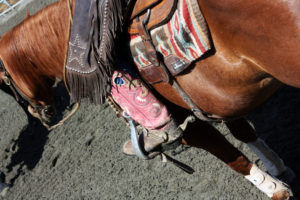
Spurs give a specific cue in a specific location. For finely tuned training, it can become important to have numerous buttons on a horse that control his body. The spur allows a much finer cue for maneuvers.
Long legs need long spurs and short legs need short spurs. This statement is often made, and sort of true. The longer the rider’s leg, with respect to the horse, the spur typically needs to be a bit longer and angled upward. Short legged riders have the issue of having a spur constantly on their horse. A common solution is to have a shorter, downturned spur. I think the truth lies somewhere in the application with the most important thing being that the spur is not able to be used unless the rider intends it. There is nothing more obnoxious to a horse, or to my delicate sensibilities, than to see a rider bopping along going “dink, dink, dink” with their spurs each stride. Often a rider does not even know that he is using his spur because it was not intended at that moment. I would rather a person had to work to use their spur, than use them without knowing.
Buy nice spurs. They are worth it. Like most types of standard equipment, quality matters. The weight, fit, construction and durability in a high-end spur is amazing when compared to a cheap, mass produced spur.
Spurs look and sound cool. No further explanation needed.
Published June 2014 Issue
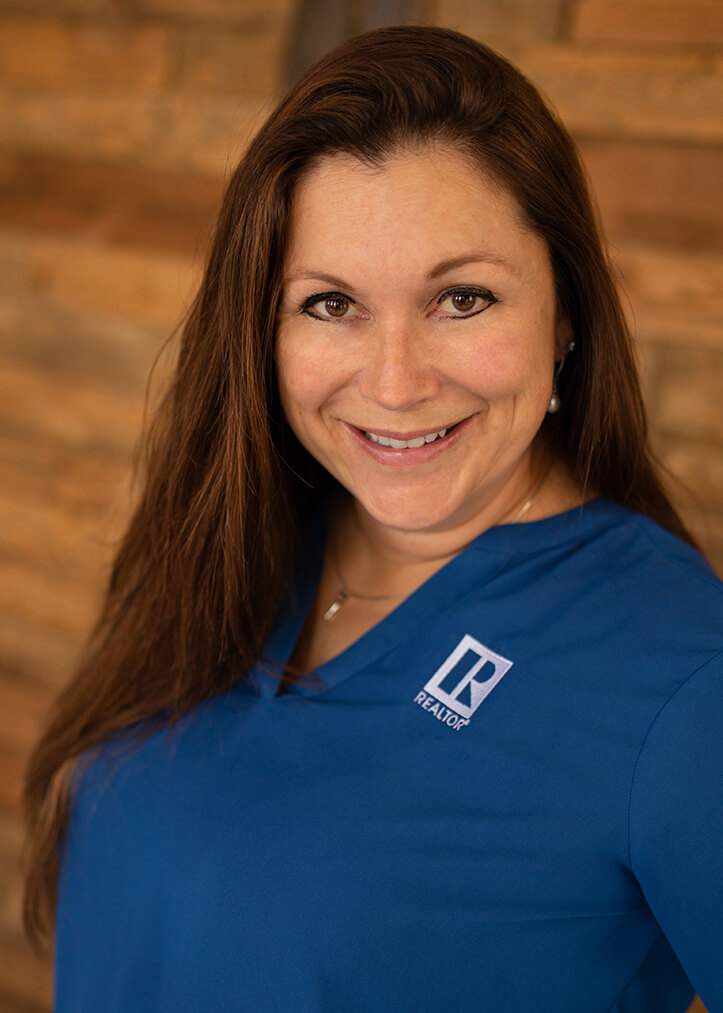
Allison Trimble is a Realtor® specializing in equestrian properties, farm and ranch properties, and residential real estate. She’s a former horse trainer, and a current owner, breeder, and non-pro competitor in cow horse and reining events. For many years, Allison wrote a monthly column for The Northwest Horse Source.
Learn more at www.allisonblakerealestate.com


